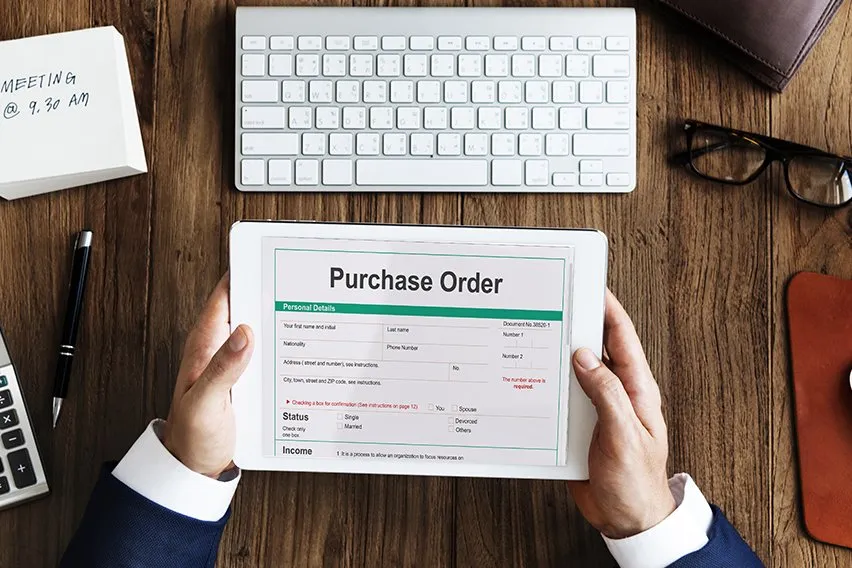What Is the Installment Method? | Accounting Definitions and Examples

The installment method is an approach to revenue recognition in which the business owner defers gross profit on a sale until receiving cash for the sale from the buyer. The installment method of revenue recognition records proportionate profit when an installment is received.
The installment method is usually used in situations where a customer has permission to pay off an invoice in periodic installments over multiple years. In those situations, there is significant risk to the seller that they may not collect the full amount owing. Because of the risk, the business doesn’t want to recognize the full amount owed at the time of the sale.To account for this risk, the business can use the installment method to recognize revenue on the sale.
When to Use the Installment Method
How Does an Installment Sale Work?
How to Account for an Installment Sale Transaction
Installment Method Versus Accrual Basis Accounting
Installment Method Versus Cost Recovery Method

When to Use the Installment Method
The installment method of revenue recognition is used widely in the construction industry, as well as other industries that tend to receive payments from clients over long periods of time, often several years. This includes:
- Real estate
- Machinery manufacturing
- Consumer appliance sales
Small businesses tend to use the installment method of accounting in instances where they’ve made an agreement with a buyer to accept payments in periodic installments over a long span of time, often longer than a year. The installment method of revenue recognition is used in those circumstances if the business is not assured of the collectibility of cash payments from the buyer.
What Is Revenue Recognition?
Revenue recognition is an accounting principle that recognizes the specific conditions in which a business accounts for revenue. Typically, revenue is only recognized when an important event occurs, for example, when the business receives a cash payment from a client.
The installment method is one method of revenue recognition, and is considered to be a fairly conservative method. This article outlines all the different methods of revenue recognition.
How Does an Installment Sale Work?
An installment sale works by allowing a business to defer the gross margin on a sales transaction until it actually receives cash payment from the buyer. Gross margin is calculated as the net sales minus the cost of goods sold. When the business receives a portion of the cash for the sale, it will defer a portion of the gross profit using this installment method calculation:
Gross Profit % x Cash Collected
Companies using the installment method need to be extra diligent in their record keeping. You’ll need to keep track of the deferred revenue that remains on all contracts that haven’t yet been recorded. You’ll also need to track the gross profit percentage on installment sales for each fiscal year.
How to Account for an Installment Sale Transaction
Follow these accounting steps to account for an installment sale transaction:
Separate Installment Sales Records
Record your installment sales separately from all other types of sales. Record all the receivables related to an installment sale, sorted by the year in which the receivable was created.
Track Cash Receipts
Every time you receive cash related to an installment sale, track it to the installment sale to which it relates.
Shift Sales Revenue Each Year
At the end of every fiscal year, move the installment sale revenue and the cost of sales from that year to an account for deferred gross profits.
Calculate Gross Profit
Calculate the gross profit rate for all installment sales occurring in that fiscal year.
Apply the Gross Profit Rate
Apply your gross profit rate for previous years to all cash receipts that are related to installment sales from previous periods. Record the resulting gross profit amount.
Carry Forward Deferred Gross Profit
Carry forward any deferred gross profit remaining at the end of the year to the next fiscal year. You’ll recognize and record it at a later date, when you receive payment for it from the buyer.

Installment Method Versus Accrual Basis Accounting
The installment method offers a better method of revenue recognition than accrual basis accounting if a business expects to receive payments periodically over a number of years. In the accrual basis approach, all revenue from a sale can be recognized from the first transaction, without accounting for the risk associated with deferred payments.
The installment method offers a more conservative approach to revenue recognition. It delays recognizing revenue until the business receives cash from the buyer, so revenue reported is more closely tied to cash received.
Installment Method Versus Cost Recovery Method
The cost recovery method is an even more conservative approach to revenue recognition than the installment method. Cost recovery defers all gross profit until the business fully recovers the cost of the item sold.
The cost recovery method is only necessary if a business cannot reasonably estimate bad debts. In other instances where cash payments are paid in installments, the installment method is a more suitable approach to revenue recognition.
RELATED ARTICLES


 How Purchase Orders Work. How This Important Document Helps Businesses.
How Purchase Orders Work. How This Important Document Helps Businesses. Do I Need an Accountant for My Small Business?
Do I Need an Accountant for My Small Business? What Are Functional Expenses? A Guide to Nonprofit Accounting
What Are Functional Expenses? A Guide to Nonprofit Accounting What Is FIFO Method: Definition and Guide
What Is FIFO Method: Definition and Guide FIFO vs LIFO: Comparing Inventory Valuation Methods
FIFO vs LIFO: Comparing Inventory Valuation Methods What Are Investing Activities? How to Report Investment Activities on the Cash Flow Statement
What Are Investing Activities? How to Report Investment Activities on the Cash Flow Statement